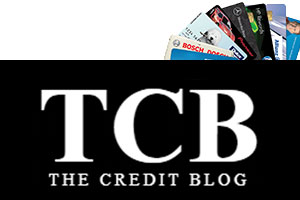You might not think about your credit limit much, but it is an important aspect of using credit cards. In the fast pace of contemporary lifestyles, credit cards are the usual way of paying for nearly everything. From taking a daily train, bus, or subway ride or the cost of gas for driving to and from work or school, to lunch or a new smartphone, most payments are made with charge cards. At different times in their lives, most consumers wonder just how much credit they should have.
The Common 30 Percent Rule
Your credit score depends significantly on what percentage you are currently using of the credit that is now available to you. Therefore, initially, or when applying for additional charge cards or a larger line of credit, you should accept as extensive an amount of credit as a lender offers you. Just remember that you are responsible for paying down your balances on time each month.

You should strive to use only 30 percent of your credit allowance. If you find it challenging to pay off your charge card balances when due, applying for a greater line of credit or for more charge cards is not recommended. However, if you can manage your credit well and make timely payments, requesting a higher credit limit or applying for more charge cards can be a wise, helpful decision.
Staying Within Your Credit Limit
Your credit limit is the maximum amount of funding that you can obtain from your charge card or line of credit. If your charges and withdrawals exceed this amount, your credit card will be declined if you attempt to use it for purchases. To avoid this problem, you can accept your card provider’s option for over-charge-limit protection. In many instances, this will allow your over-limit charge amount to be received and clear your account.
Yet you may be required to pay an over-limit fee, depending on the policy of your credit account provider. Always be aware that interest on unpaid credit card balances can accrue rapidly. This interest (along with any penalties and other fees) is added to your balance due each month. For example, if you have a credit allowance of $5,500 and charge amounts equaling $4,500, you will need to pay down some debt quickly to prevent interest charges from boosting your balance due to an amount near your credit limit.
How Your Credit Limit Is Determined
Credit card providers typically determine your credit limit according to your credit score and your credit history. However, other charge card issuers may offer you a card with a set or predetermined credit limit. This means that all applicants who are approved for this card receive the same credit limit.
Of course, if you have a poor credit score, you will typically be granted a low credit limit. But, on the other hand, if your credit score and history are good or excellent, you are likely to receive a much greater credit allowance.

What Is Your Ideal Utilization Ratio
Although it is advisable to have as large a line of credit as your lenders will issue to you, remember that using too much of it can damage your credit score. This is because 30 percent of your credit rating is based on your credit utilization ratio. This ratio equals the amount of credit you have in relation to the credit you are now using.
For example, if you have a credit line of $15,000 and your balance due is $7,500, you have a credit utilization ratio of 50 percent. Since you should be using no more than 30 percent of your credit allowance, it is important to pay down your debt. Once you reach and maintain the 30 percent utilization percent, your credit score should improve, and you will most likely be granted a larger line of credit.

